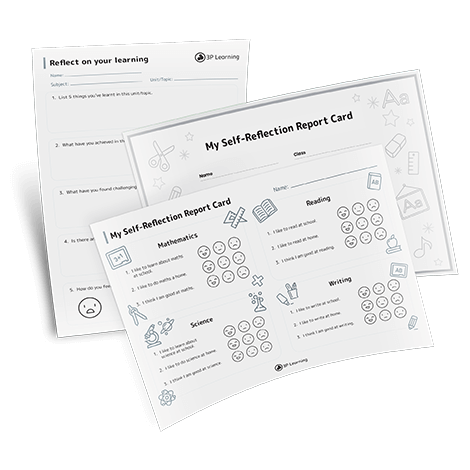
After surviving a chaotic school year like no other, it would be great to be greeted with a clean slate when we return from the summer break.
But COVID-19 school shutdowns have left a minefield of gaps and learning losses in students across the world.
It’s important to assess the extent of these gaps at the start of the new school year. Here’s how you can make it happen:
Have a plan of action
Knowing what your students need to succeed is going to help you come up with the plans and strategies necessary to revise the year’s learning or bridge necessary gaps. Exactly what are the prerequisites the students will need to succeed this year?
Once you’ve got that down, here’s how to you can tell which road you’ll need to take:
If it’s a whole-class or small group issue
At first glance it’s obvious, but as you delve into your students’ understanding, the picture can get a little murky.
To start with, if most students show they have an understanding or have sparks of recognition flickering in their eyes, then there’s a good chance it’s learning loss. This is the simplest and best-case scenario where we can focus our efforts on revisiting the most relevant learning to kick off with what’s required now.
However …
If most students don’t show they have an understanding, it could be that they haven’t been taught the topic. But it could also be a few other things, like you haven’t explained it in a way they’re familiar with, it wasn’t taught effectively or not in-depth.
In this scenario, you can try explaining the topic in a few different ways or see if they can perform some basic activities.
Your new students might be spelling with accuracy, but you notice that they’re failing to put full stops at the end of sentences. Or maybe they’re diligent in showing their working out, but they’re still struggling to get the right answers.
Make sure you’re keeping track of small oddities like these when you’re first getting familiar with your class’s work. If it permeates every level of learner, then there’s a good chance it wasn’t taught and it’s worth introducing. If not, keep an eye on the trend to see if it corrects itself over time.
If there’s knowledge without connection
This can be easy to miss — after all, if your class is diligently identifying adjectives or regurgitating multiplication facts, you might assume they have an understanding why and how to use adjectives and what multiplication is used for.
That’s not always the case.
When going over any activities and work, it’s important to remember to ask students the ‘why’ behind what they’re doing and see if they can make connections between what they’re working on, how it relates to the broader framework of what they’re learning and if they can apply their knowledge flexibly in new contexts.
If a student’s body language is telling
This can’t be tracked, formally assessed or captured perfectly — but it is a golden way of telling if students have learning loss or don’t know.
Here’s what you want to look and hear out for:
Shifting eyes — students introduced to something new will look at you (blankly or shining, depending on how well you’re engaging them), while students trying to remember something might look to one another or up and left.
The amount of chatter — as soon as a table of students sits to do work that only some of them remember how to do from last year, they will immediately begin asking who remembers, and upon figuring it out, asking them to show how it’s done. Otherwise, you’re more likely to find students keeping to themselves and slowly trying to figure it out.
Concealment — students who are worried about not remembering or understanding something they have already been taught may try to conceal their embarrassment by covering their work or trying to ‘fly under the radar’. Keep an eye on the quiet ones.
Harry Helpful and Dorothy Dogood — these are the students who will honestly let you know whether this has been forgotten or never learned. There is no need to read their body language — they will tell you!
Need help with learning loss?
We’ve got you covered. Check out this article on 7 strategies fun teachers use to bridge learning gaps for suggestions or download our printable student self-reflection report cards. They’re a quick, low-stakes formative assessment that easily identifies any areas where your students need a refresh or extra help.



